7/24/2014 – RAF CROUGHTON, United Kingdom — A thin sliver of light shone through the break between two heavy, dark curtains. No one saw, no one noticed the slight, almost imperceptible, movement of fabric.
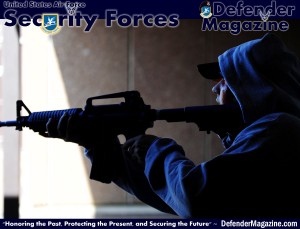
Everyone’s attention was focused at the base of the stage where Col. Douglas Mellars, 422nd Air Base Group commander, was briefing Airmen on changing the leadership culture on RAF Croughton, United Kingdom.
Behind the curtain, an eye peered out – scanning the crowd and silently waiting.
“You don’t care. None of you care about me!”
The woman behind the curtain squeezed the grip of her M4 carbine and thumbed the selector to “auto.” She felt the rage inside her boil over as she stared at the sea of faces – blaming them and the world for everything wrong with her life. Without another thought, she burst from behind the curtain, attacking the crowd below and launching the Airman of RAF Croughton into a multi-installation, multi-national active shooter exercise, July 22.
“As an active shooter I would want to take out as many people as I can,” said Tech. Sgt. Ajenna Smith, 422nd Security Forces Squadron noncommissioned officer of training and simulated-active shooter. “I would be angry – angry at the military. They are doing force reductions, I’m on the board and don’t want to get kicked out of the military.”
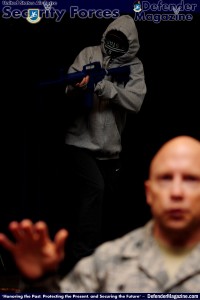
Using recent changes in force management as her motivation, Smith painted a picture of herself as a troubled individual, isolated, angry and ready to violently lash out against the world. As an active shooter, Smith was not expecting to survive the incident.
“I know that if I survive I am going to jail,” she said. “I don’t want to spend the rest of my life in prison. If they don’t kill me I’m going to kill myself.”
Smith used the chaos to move from her hiding spot behind the stage. She stalked the grounds of RAF Croughton, hunting down more victims. Meanwhile, nearly 62 miles away, inside the projection booth a RAF Alconbury, Tech. Sgt. Leegale Irving, 501st Combat Support Wing ground safety manager and simulated-active shooter, was waiting for his moment to strike.
“I gave you 16 years and you’re just going to throw me away!”
Irving’s breathing became more agitated as he listened to the 423rd Air Base Group Commander, Col. Steven Sweeney, give his own all-call. Looking out over the crowd below, Irving no longer saw Airmen, friends and coworkers – he only saw targets.
“I would have thought this process out,” he said. “There are individuals or groups I would feel a certain way toward. They are my targets, but at the same time anything that gets in my way becomes an obstacle to get through.”
According to Irving, this attack would be the result of several factors leading him to an outburst of extreme violence. Any recent life-changing events, from non-judicial punishment to wrongdoing that left the shooter feeling they had a grudge against an individual, group or organization. These trigger signs could be personal or professional in nature, resulting in an individual feeling the only recourse is to engage in an active-shooter campaign.
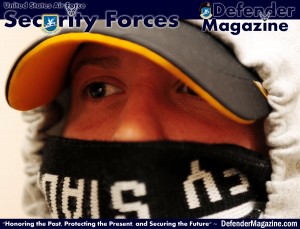
“Day-to-day people could see changes in my mood or behavior,” Irving said. “I might distance myself from my normal crowd of friends to the point where it is obvious to others. Disgruntled feelings and signs of aggression could also come out in my behavior before the incident.”
This constant, negative display of emotion, if noticed and reported by friends, family or coworkers could mean the difference between an individual getting the help they needed, or opening fire into a crowded theater, Irving said.
Unfortunately, neither Smith nor Irving’s warning signs were recognized. They planned, plotted and coordinated their actions through social media communication. They waited for the perfect moment and struck with devastating precision, leaving seven people dead – including themselves.
by Staff Sgt. Jarad A. Denton
501st Combat Support Wing Public Affairs
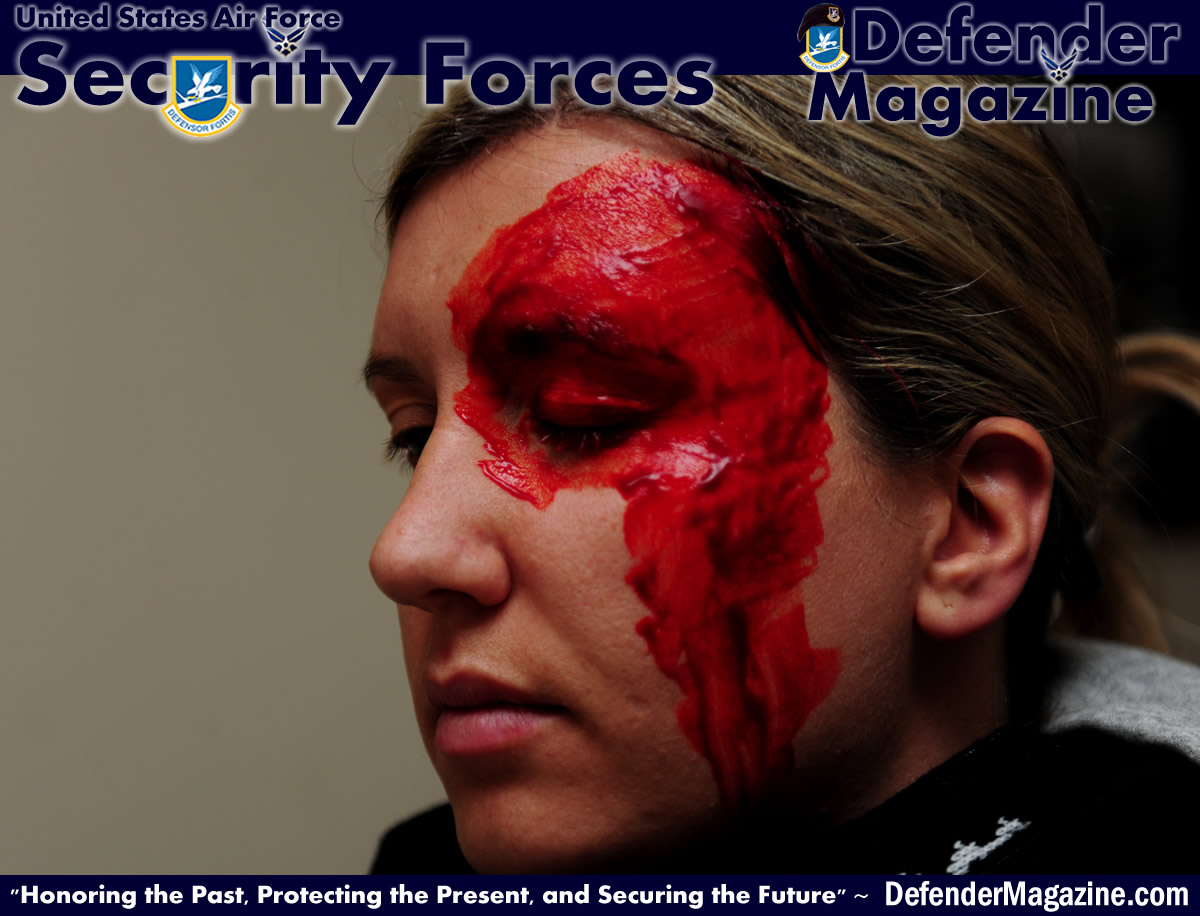
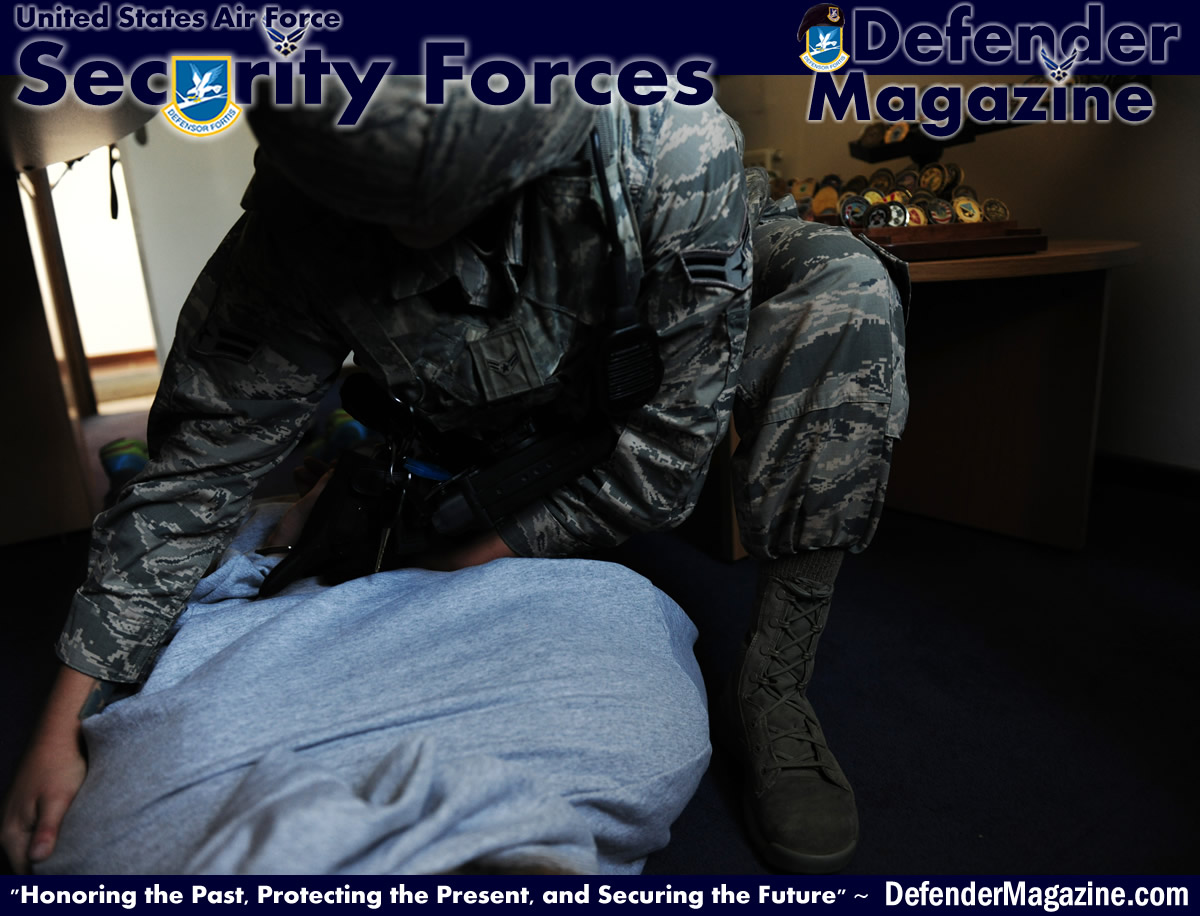
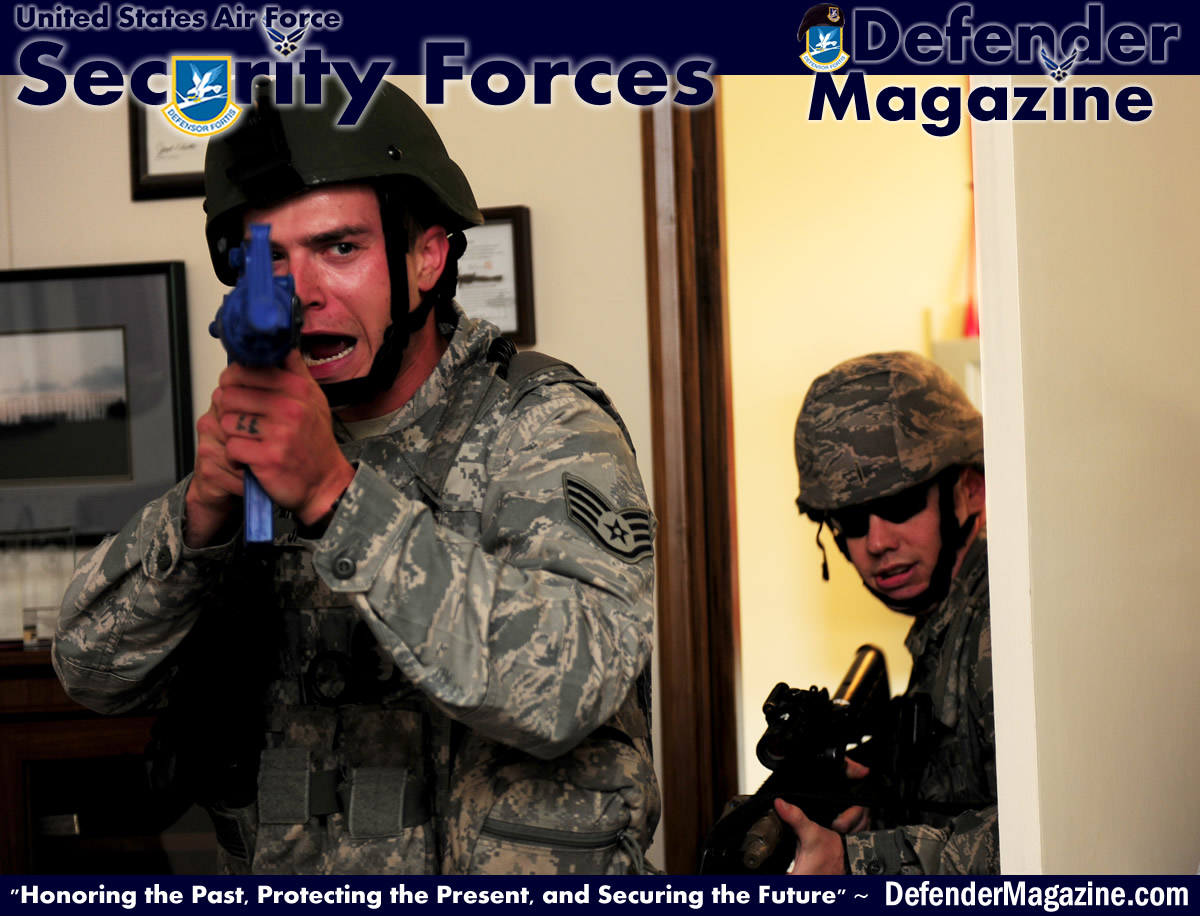
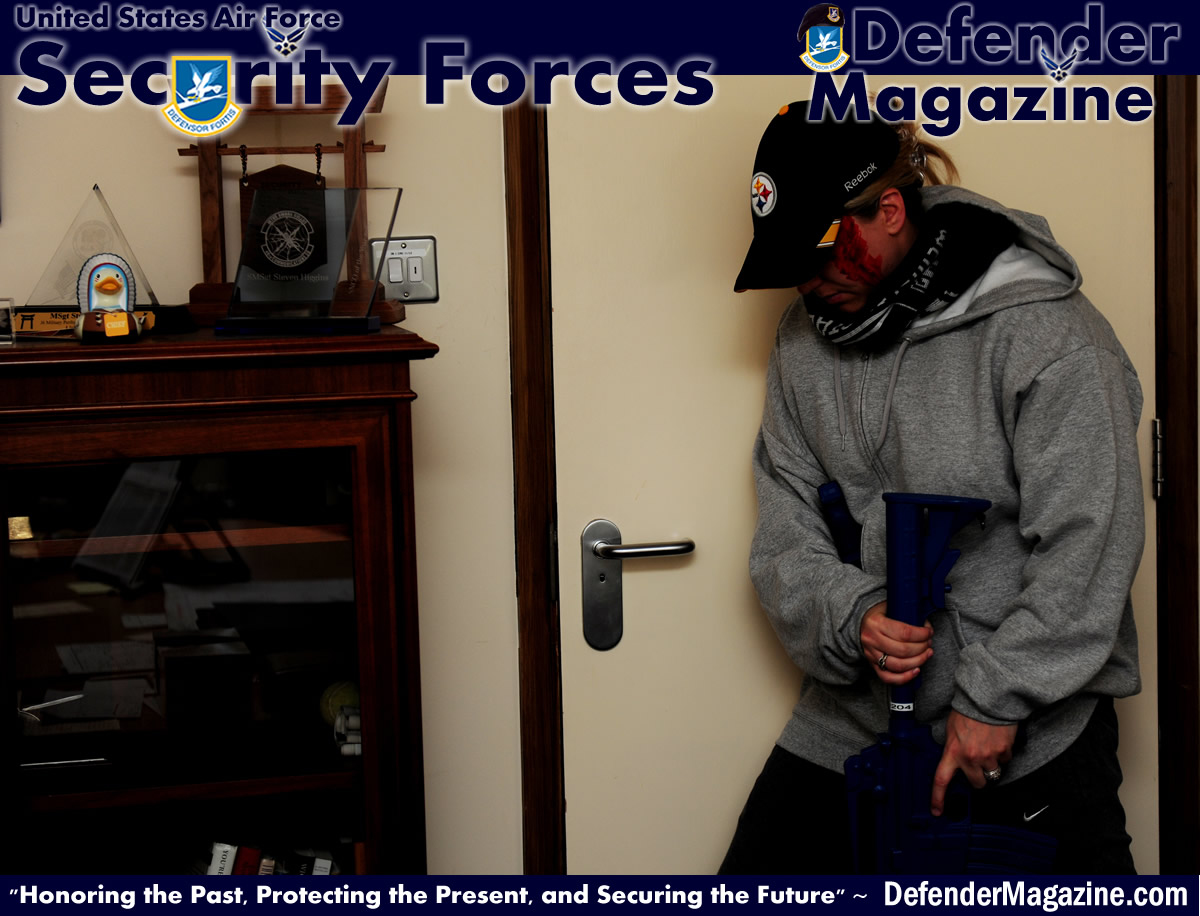
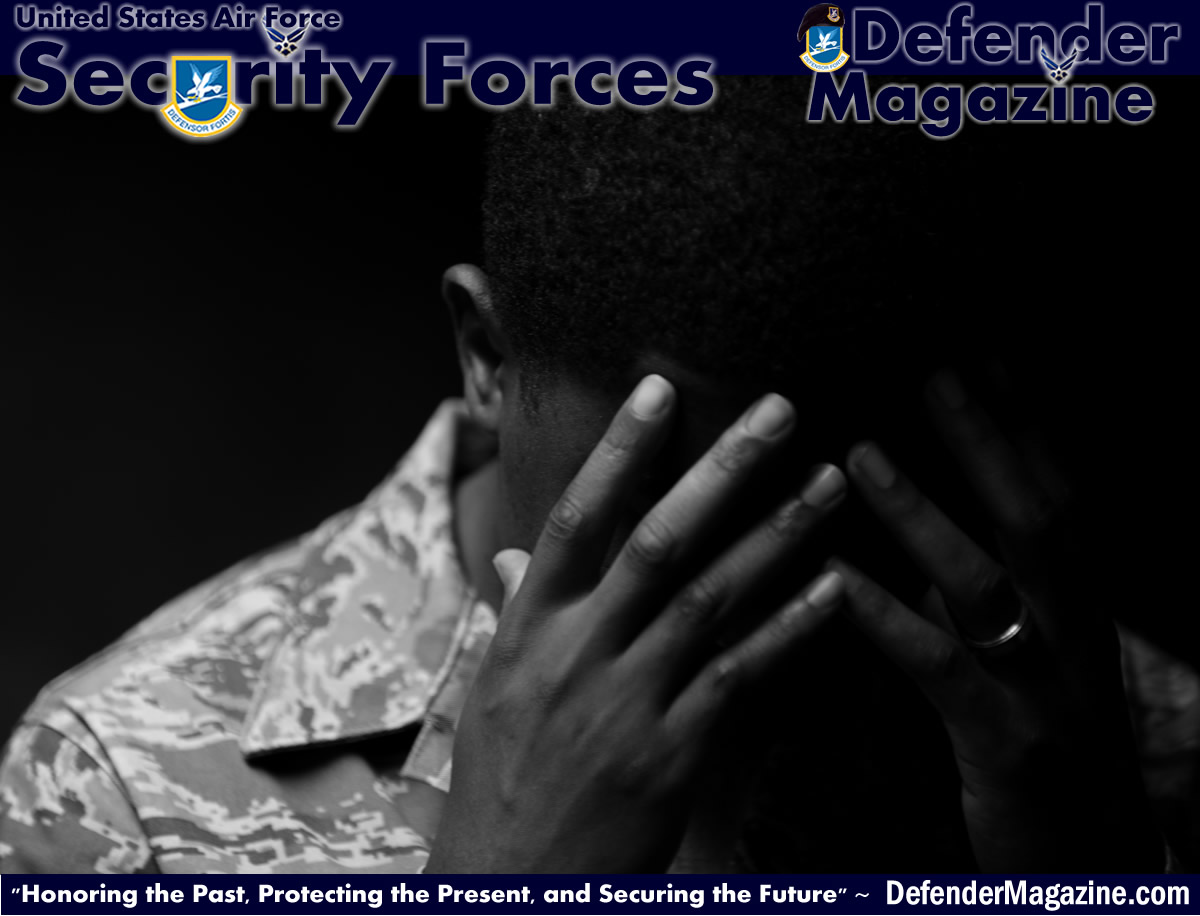
~